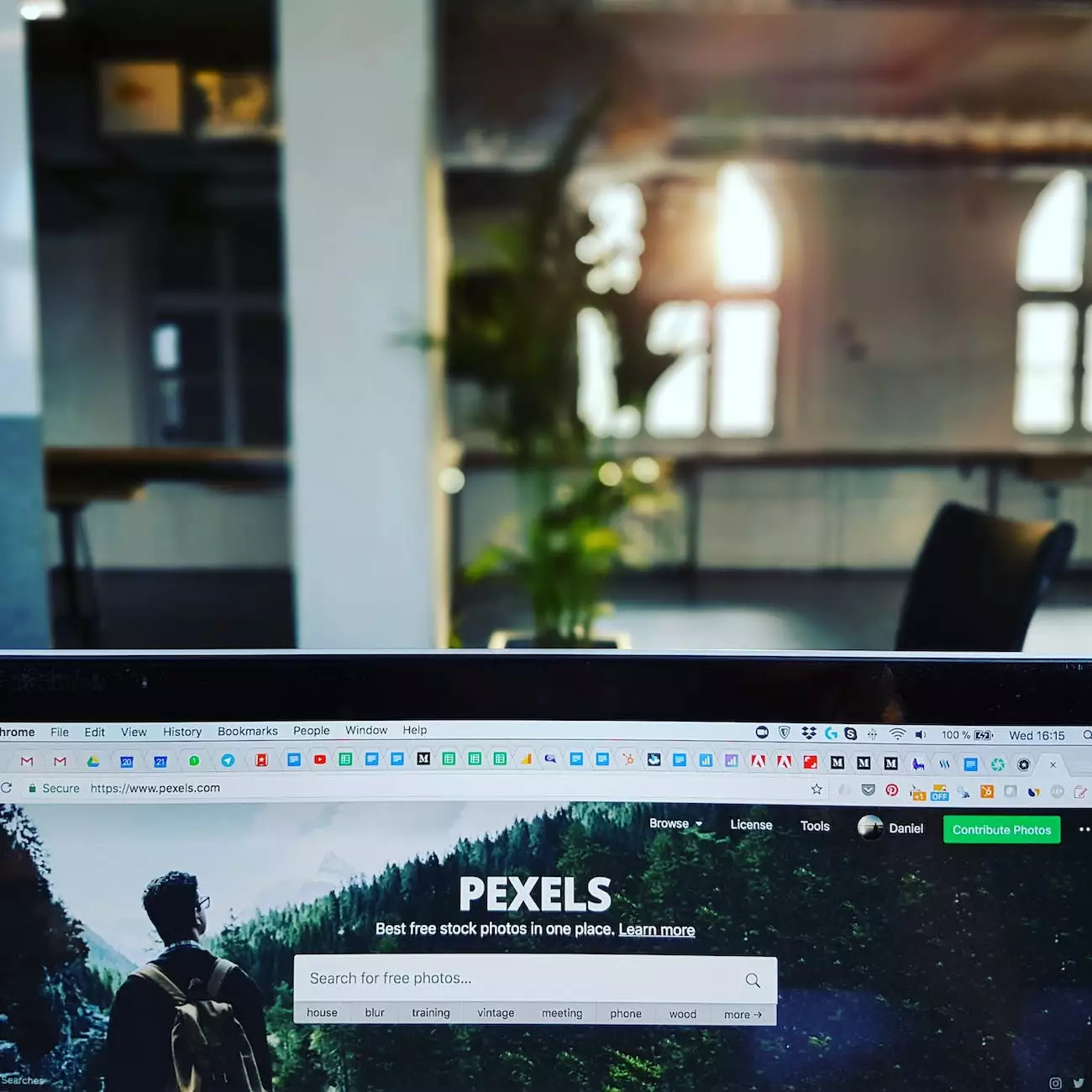Digital File Sizes Explained
Internet Marketing
Introduction
Welcome to Torched Web Solutions, LLC, the leading provider of website development services in the business and consumer services industry. In today's digital age, understanding digital file sizes is crucial for optimizing your website's performance. In this comprehensive guide, we will explore the various aspects of digital file sizes and their impact on your website's speed and user experience.
The Basics of Digital File Sizes
When it comes to websites, file sizes play a significant role in determining how quickly your website loads. The larger the file size, the longer it takes for the user's browser to download and display the content. This can result in frustrated users, increased bounce rates, and ultimately, a negative impact on your search engine rankings.
Optimizing Image File Sizes
Images are an essential part of any website, but they can also be a major culprit of slow load times if not optimized properly. One of the key factors in optimizing image file sizes is choosing the right image format. JPEG, PNG, and GIF are the most common formats, each with its own strengths and weaknesses. By selecting the appropriate format and compressing the images without significant loss of quality, you can dramatically reduce the file size without compromising visual appeal.
Minimizing CSS and JavaScript File Sizes
In addition to images, CSS and JavaScript files contribute to the overall file size of your website. These files control the layout, styling, and interactivity of your web pages. However, they can also become bloated and slow down your website if not optimized properly. Minifying and compressing these files, along with utilizing various techniques such as code splitting and lazy loading, can significantly reduce their size and improve your website's performance.
Understanding Video and Audio File Sizes
With the increasing popularity of video and audio content on websites, it's important to understand how these file formats impact your website's performance. High-definition videos and audio files can be extremely large, resulting in slow load times and buffering issues for users. By optimizing these files through compression and selecting appropriate formats, you can strike a balance between quality and file size, enhancing the overall user experience.
How File Sizes Affect User Experience and SEO
Website speed is a crucial element of user experience. Studies have shown that users expect websites to load within a few seconds, and any delay can lead to frustration and abandonment. Search engines like Google also prioritize fast-loading websites, considering it as an important ranking factor. By optimizing your website's file sizes, you provide a seamless user experience, reduce bounce rates, and increase your chances of ranking higher in search engine results pages.
The Torched Web Solutions Advantage
At Torched Web Solutions, LLC, we specialize in delivering fast and optimized websites that outperform the competition. Our team of expert developers and copywriters is dedicated to creating websites that are not only visually stunning but also highly functional and efficient. With our in-depth knowledge of digital file sizes and optimization techniques, we ensure that your website loads quickly, engages users, and ranks competitively in search engine results.
Contact Us Today
If you're ready to take your website's performance to the next level, contact Torched Web Solutions, LLC today. Our team is eager to assist you with all your website development needs, ensuring that your digital presence stands out in the business and consumer services industry. Let us help you optimize your file sizes and transform your website into a high-performing online platform.










